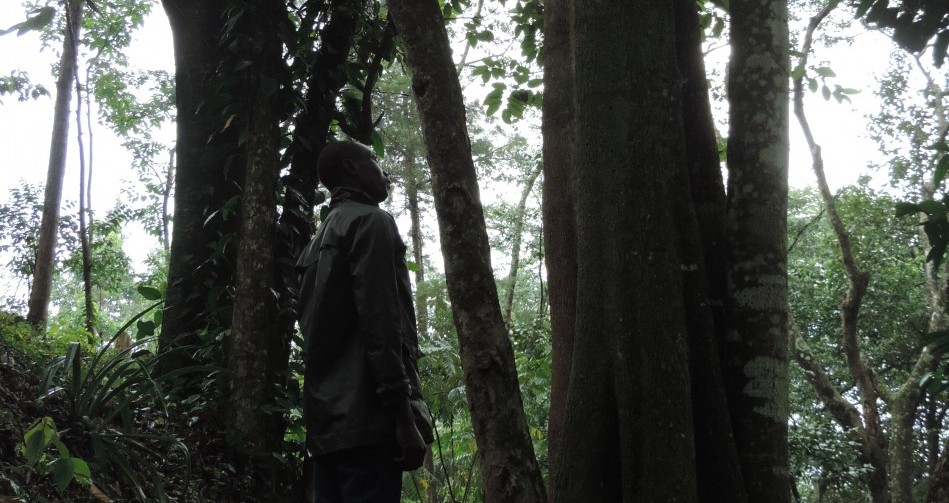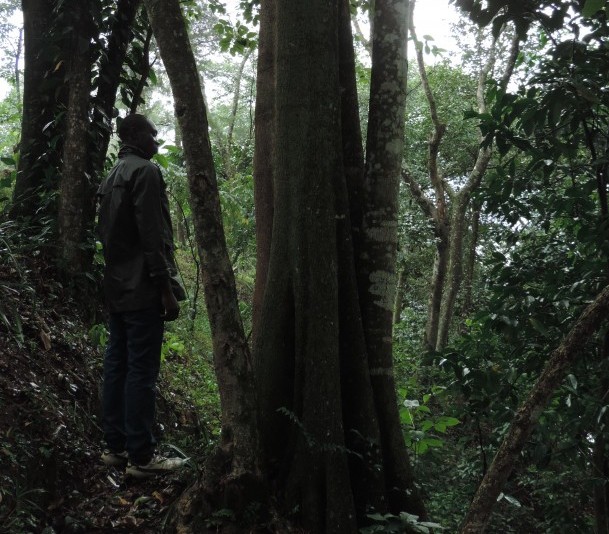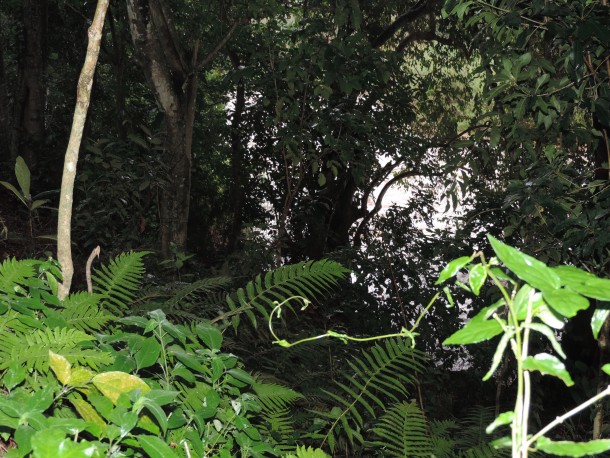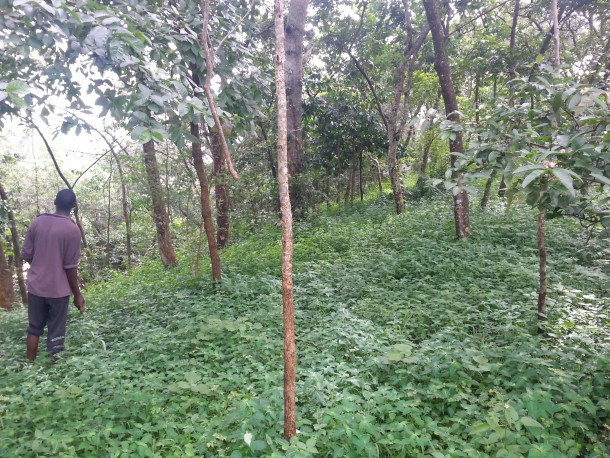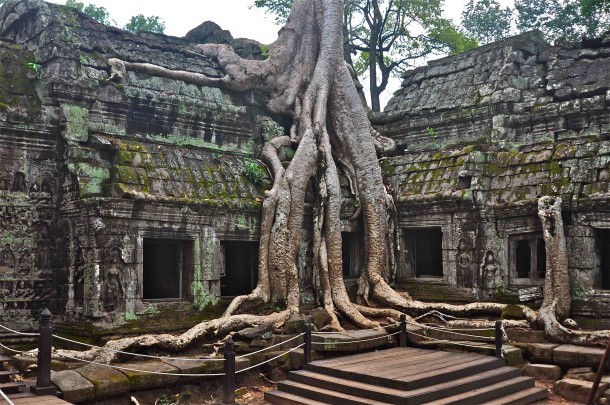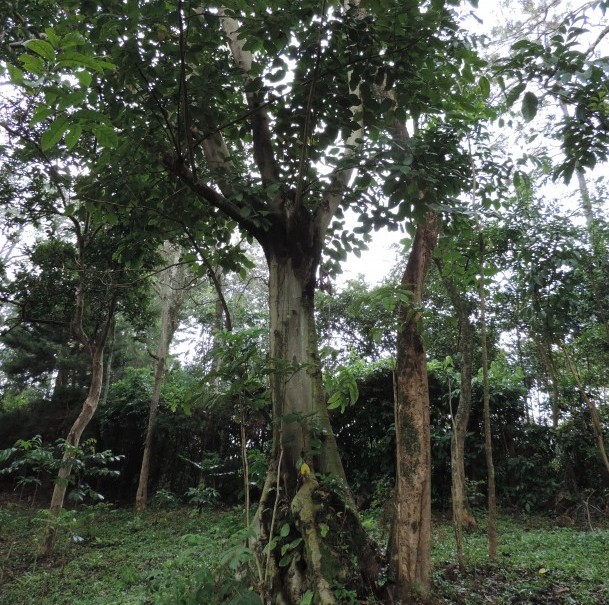I love trees. As a kid, I would climb them, explore them as though they were an elaborate labyrinth of branches. Trees were treated like personal friends, always ready to play. I would find resting spots, where I could just chill, places to hide, places to play and branches to swing off inspired by Tarzan, the white monkey man. Many a time, we just sat, up there, killing boredom and doing absolutely nothing else.
There were trees in Nairobi where we lived, off Ngong Road. A big tree that had ridges on its trunk burrowed by industrious termites. It had vantage top branches with steady places to perch and hang loose. My brother and I spent a lot of time up there.
In shags, the options were endless but the favourite were the fruit trees because the effort to get to the top paid off in fruit. Mature guava trees practically grew wild in Sinaga village in Gem. My grandfather had planted two huge plum trees. We called them jamna and getting up that tree was hard work. They were the sweetest and juiciest plums. Dark purple berries, hanging up in the air waiting to be plucked. I still get nostalgic when I see those jamna plums in a market. There was a long line of Jacarandas that had flexible trunks that made excellent swings. Then they were trees so large and intimidating that we did not dare attempt to climb them.
My grandparents and parents were tree lovers. They shuttled seeds wherever they found them and brought them back home. A lot of the trees that I grew up thinking were indigenous, had traveled far. Every time, they retreated to the village from the city, they planted something. They called it pidho yien. Which means ‘to plant a tree’ in Dholuo but what it really means is nurturing a tree. Like one would nurture a child.
There was never any mention of conservation. Not that I remember. No long lectures about combating climate change. They just planted trees all the time. It was something the family did. During the long rains season we planted food crops and trees. Eventually, we ended with a small forest and a new set of responsibilities.
Wangari Maathai famously said, “Until you dig a hole, you plant a tree, you water it, you make it survive, you haven’t done a thing. You are just talking”.
By my early teens, my grandparents and father had passed away and my mother carried on the family tradition of forestry. She worked in Eldoret at the time and would come to the village on the weekends and spend her days warding off wood thieves, who felled trees for charcoal. One day, when she asked one of the notorious village charcoal dealers who had made a habit of sneaking in while people were away to cut trees. “Why do you keep stealing my tress?” He answered as matter-of-fact, “But you have so many”.
It was about this period, after completing my high school, during the long as I waited to join a public university that I started taking a keen interest in trees. Largely because they offered great possibilities for a romantic getaway. I started to dream of a fully mature canopy forest and dedicated myself to the possibility.
I also began to actively seeking out forests that I could explore. My earliest recollection of a real forest was the Ngong Forest in Nairobi, where I went camping as a boy scout in primary school. The forest had its invisible boundaries, points that we were not allowed to go beyond. They said if you got lost, you could ran into the territory of hostile animal species. I never heard of any human-wildlife attacks. It was mostly human thugs that posed the greatest threats.
I went up Mt. Kenya after college, in search of adventure and encountered what they called “Deep Forest”. Walking three hours through a tropical bamboo forest, I encountered a depth of silence that I had never known. I heard sounds I had never experienced before and my own breath became part of a soulful melody wafting through trees. There is a quote from Joseph Campbell, the famous American mythologist, “God is the experience of looking at a tree and saying, ‘Ah!”.
There were a lot of ah hahs! on that trip up Mt. Kenya. I never looked at trees the same after that experience.
The Nairobi Arboretum became a regular sanctuary where I would sit at the feet of a Bhutan Cypress planted in 1907, mesmerized. To think that this tree was capable of living another 100 years left my head spinning. The tree was probably planted by someone who never got to sit under its shade.
I have now spent slightly over 10 years managing a family forest and come to the sobering realization of seeing trees for what they really are.
They are my patient teachers.
I have planted less than 30 per cent of trees under my care. Most had been grown by my grandparents and parents, the rest emerged spontaneously from the ground, following their own rhythm. I have watched different tree species, the exotic and the indigenous, cooperate, collaborate, and prepare the ground for others. Trees are social beings. No matter how grand the single tree, a tree is not a forest. No matter how dense a forest, every tree has its place.
In 10 years, an area that was once overrun by invasive bush that covered a barren and rocky terrain, had been converted into a serene and lush forest, with its own sub-climate, birdlife and animals. The trees have formed a full canopy to withstand harsh erosion that uprooted the first generation of trees. In their numbers, they had broken down the force of the wind. Their roots stabilised the river bank which allowed for certain species of birdlife like the weaver birds to return.
In the early days of my direct intervention, I had attempted to turn trees into a commodity. Something I owned. When my friends visited the forest they remarked, “You are sitting on money”.
I received many proposals on how to turn the forest into a tourist retreat or a timber resource and sweat their value.
I could not see the forest for the trees.
We treat trees as if they were our property. Forgetting that they were here before us and they will be here long after we are gone. They operate on a time scale that is dramatically different from our own. On a trip to the Angkhor Wat ruins in Cambodia, built in the 12th century during the golden age of the Khmer Empire, I marveled at the gigantic roots of trees growing out of the ruins. Indeed, nature will outlive our greatest civilizations.
I have come to realize that I am merely a caretaker. My job is to create an environment for trees to thrive and let them get on with the real work of exerting their influence on the environment.
Trees make life on this planet bearable. They are our silent companions, always restoring the nature balance.
Trees are packed with life lessons. Nurturing one’s inner strength is like nurturing a tree. You cannot rush the growth of a tree. From the outside, it might look like a tree’s growth is stunted but a tree does most of its growing below the ground, out of sight.
Trees can live for thousands of years. They accept the things they cannot change, and continuously work to help themselves and those around them thrive. Inherently, by helping others, trees are essentially helping themselves and benefiting from their inter-connectedness.
Trees get it, we do not. The way to thrive on this planet is through mutual sustenance, as nature teaches. We are deeply interconnected with other non-human living species. Without them, our quality of life will be greatly diminished.
A tree is a tree, and each species gracefully accepts its characteristics and qualities. There is a beautiful quote by the spiritual teacher Ram Dass that captures that sentiment succinctly,
“When you go out into the woods and you look at trees, you see all these different trees. And some of them are bent, and some of them are straight ….And you look at the tree and you allow it. …You sort of understand that it didn’t get enough light, and so it turned that way. And you don’t get all emotional about it. You just allow it. You appreciate the tree. The minute you get near humans, you lose all that. And you are constantly saying ‘You’re too this, or I’m too this.’ That judging mind comes in. And so I practice turning people into trees. Which means appreciating them just the way they are.”
We also have to gather the courage to ask ourselves, WHO AM I, beyond the social labels that define us and then surrender to our true nature as a tree innately does.
What is the point in wasting time and energy trying to be something one is not?
When it is all said and done, there was much to learn from the wisdom of the trees
To stay grounded and not lose my head in the clouds of worldly success,
To stay connected to my roots and continuously grow inwardly,
To turn over a new leaf and let go of the parts of ourselves that have died,
To bend and yield in the face of the storms of my life for they will pass,
To accept the things I cannot change, like changing seasons of life,
And to NEVER STOP GROWING AND GIVING!
PS: This article was part of a speech given at Engage10 in Nairobi on 10th December 2016.

